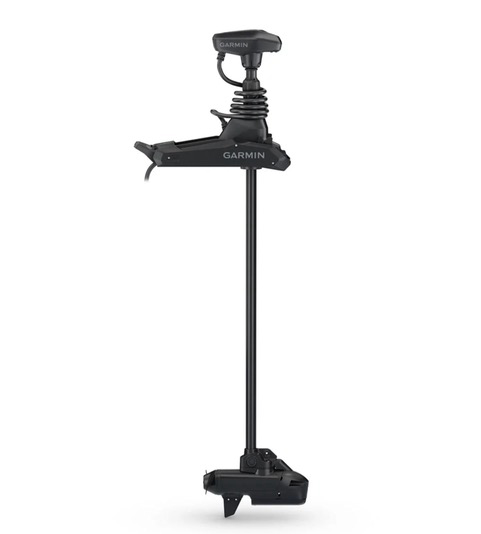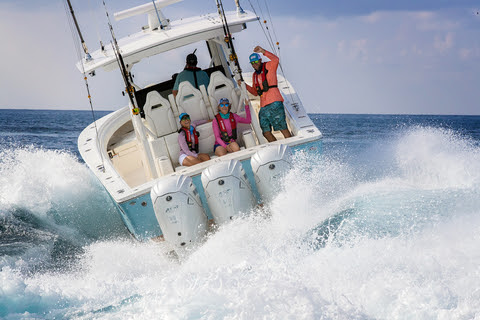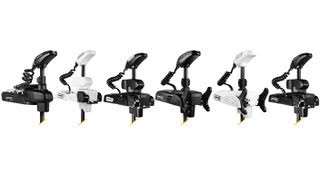Electric Outboards in the Market
By Frank Sargeant
Frankmako1@gmail.com
“I’ll switch to an electric outboard when they pry my cold, dead fingers from the throttle of my Merc 250 . . . “
If that’s your attitude when it comes to opting for electric power for your boat—and it is for a lot of us—let’s remember that it was not all that long ago when we felt the same way about switching from two-stroke outboards to four-stroke outboards. (I know, you whippersnappers don’t even remember two-stroke outboards—trust me, it was not that long ago.)
We know the arguments against electric motors—starting with there are as of now ZERO fast charging stations at marinas and boat docks around the nation.
And that as of now, they are VERY expensive compared to equivalent gas outboards when you add in the astronomical cost of multiple high-output lithium-ion batteries. And you can’t get anything north of 180 horsepower right now—not a good option if you’re running twin 600 Merc’s at present.
That said, there is probably an electric outboard in your future.
Let us hope that government overreach doesn’t force us into making the switch before the technology is ready to deal with reality on the water. (If you live in California . . . what can I say?)
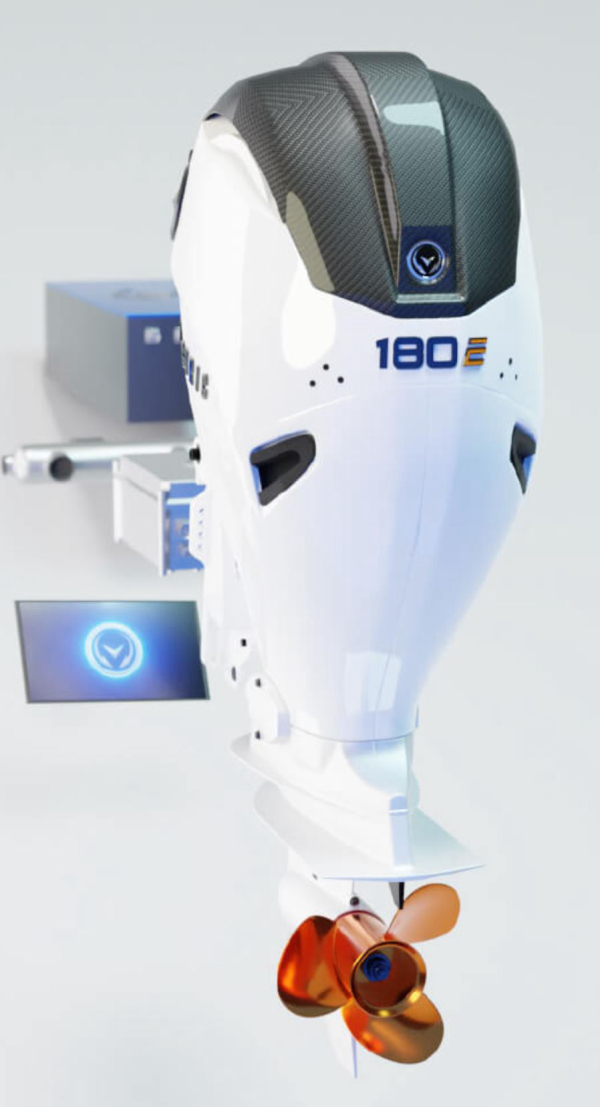
Vision Marine’s 180-hp equivalent motor. Not a 600 Merc, but not a toy, either.
One of the most impressive introductions at the recent Miami International Boat Show was the Vision Marine outboard, a 180-hp equivalent motor that the company says has a range of about 70 miles at a cruising speed of 20 mph on the average 18’ to 24’ recreational boat.
I will note immediately that in the real world, we do not often run at 20 mph unless we are fishing out of a low-end pontoon boat or a jon boat. Some bass guys barely go that slow when they’re actually casting.
But I will also note that a pair of these motors last year pushed a hydroplane to 109 miles an hour in an official speed run on Lake of the Ozarks. The potential is there, if not the reality for affordable propulsion at this point.
The advantages of electric are well noted—no single-point pollution source, far fewer moving parts than internal combustion engines and so theoretically fewer repairs, no ignitable gasoline to handle, no oil changes and far lower noise levels at most speeds.
Whether electric outboards will save the planet is of course debatable, since all that electric power for recharging is going to have to come from somewhere. Solar, wind and hydropower are not nearly adequate for all our needs at present, so petroleum-based electric is going to be part of the equation for many years to come, no matter what the politicians tell us—even if we start constructing nuclear power plants asap.
You can’t currently buy a Vision Marine motor to replace your Merc, Suzuki or Yamaha gas outboard, but they reportedly will be available in OEM package options from a limited number of boat builders later this year.
A custom-built Evoy Storm 300 has also been popping up for demo’s at several boat shows, but apparently is not in production yet. It’s a massive electric motor fitted inside the case of a Mercury Verado L6 outboard. It has pushed an Axopar 25 to 50 knots, but unfortunately sucks up power like there’s no tomorrow—with massive batteries, and cut back to 25 knots, range is only 26 NM. Oh, and including batteries, it costs around $130,000.

On a much more practical level for most of us at this point is Mercury’s new Avatar 7.5e outboard, which is a kicker-style outboard producing around 3.5 hp. It includes an interchangeable lithium battery that drops into the upper end where the powerhead normally sits.
Based on Mercury testing with a 13-foot Veer™ X13 boat (382-pound dry weight), the Avator can run for 60 minutes or 5 miles at constant full throttle with one fully charged 1kWh battery, and up to 19 hours or 34 miles at constant 25% throttle.
Merc is not saying how much it is going to cost at this point—probably not a good sign—but this little motor does seem like a viable option for a lot of jon boats, tenders and other boats in the dink range.
Mercury is also known to be involved in a planned electric outboard racing circuit, so we can be sure that some MUCH larger electrics are already in Mercury’s skunkworks.
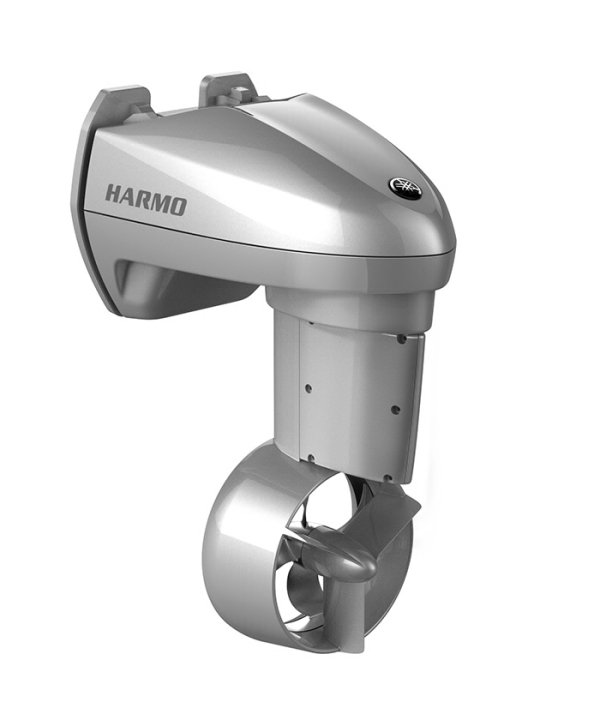
Yamaha so far has produced the Harmo low-speed sterndrive electric as their entry into the electric motor race—basically a low-speed system–but they are also hinting at much larger motors in the not-too-distant future.
So, yeah, electric motors on most of our boats are probably not too far in the future, whether we like them or not.

